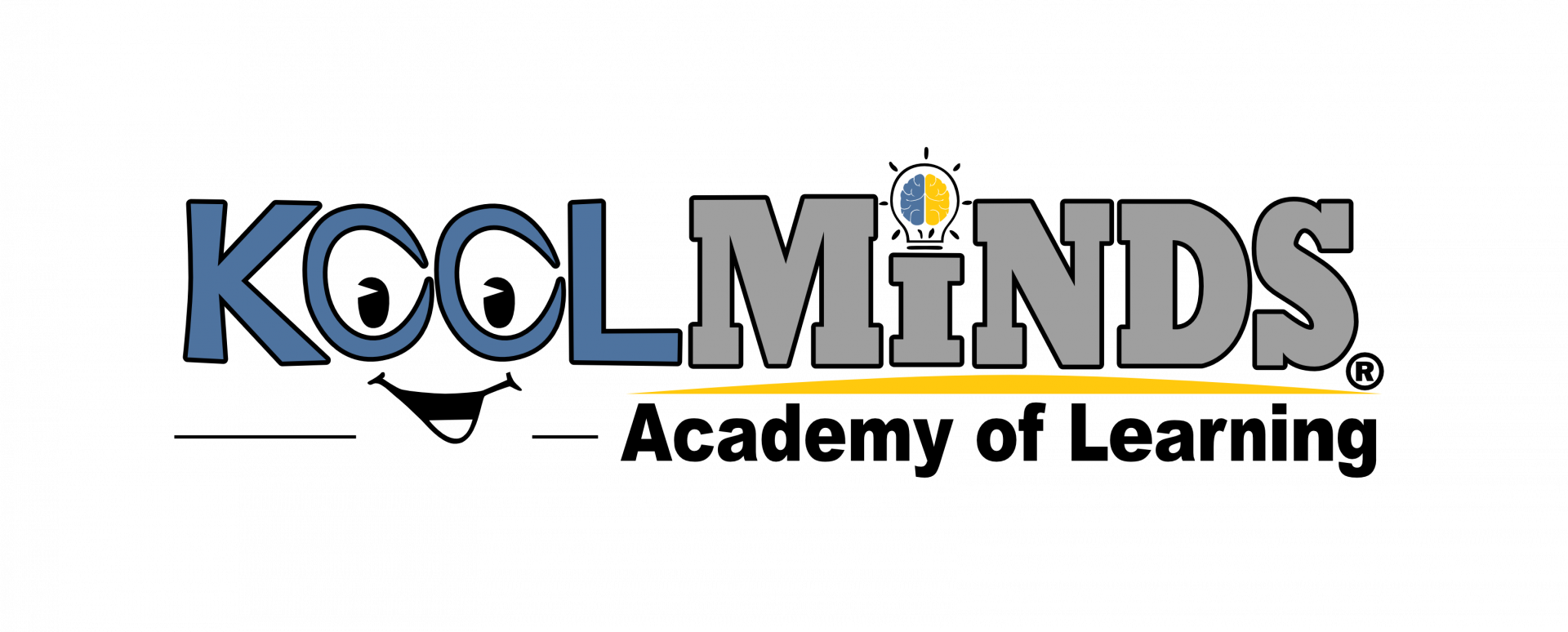Why does KoolMinds do Cursive First?
KoolMinds Team
Did you know that before the 1920's students were taught cursive before they were taught print? This changed because as a culture we started to believe that print is easier for students to learn than cursive however this is not true.
Today, reading and dyslexia experts, including us here at KoolMinds, are rediscovering that teaching cursive first before print has many benefits. We will discuss those benefits today so that you know why we have chosen to teach our students cursive first.
Today, reading and dyslexia experts, including us here at KoolMinds, are rediscovering that teaching cursive first before print has many benefits. We will discuss those benefits today so that you know why we have chosen to teach our students cursive first.
Benefits of Cursive
-
Learning to write in cursive has been shown to improve brain development in the areas of motor control, thinking, language, emotions and working memory. A study done by the University of Washington showed that learning to print, write in cursive and type on the keyboard all contribute to brain development. Writing in cursive produced the greatest neurological effects.
-
It is less fine-motor skill intensive. When you write in print you must lift the pencil up and down between each letter. When you are writing in cursive, you only lift the pencil between words which requires less fine-motor movement. Cursive is less demanding on your hand than print. You will have less fatigue and the ability to write longer and faster if you write in cursive.
-
All the lowercase letters begin in the same place on the baseline. Printed lowercase letters begin in seven different places with some of them starting on the baseline, others at the top and some at the middle. This can make it very confusing for beginning writers to know where to place their pencil. When writing in cursive all of the lowercase letters begin on the baseline so students always know where to begin a word.
-
Writing in cursive is easier. It is easier because less fine motor development is required, all lowercase letters begin in the same place, and because curves are easier to make than the straight lines and perfect circles of manuscript.
-
Spacing within and between words is controlled. When printing it is very common for students to put too much space between letters and too little space between words. When writing in cursive, the letters are connected which helps to keep the letters more evenly spaced.
-
By lifting the pencil between words, the beginning and ending of words is emphasized. When reading, a lot of students struggle to know where words begin and end and will often blend the final sound of one word with the initial sound of the next word. In cursive, this problem is eliminated because the pencil is only lifted between each word which helps emphasize the beginning and end of each word. When you are writing in cursive it is one long continuous line from left to right which also helps reinforce the left to right direction.
-
It helps with letter reversals such as b’s and d’s. It is very common for students learning how to write to reverse their b's and d's and also their p's and q's when reading and writing because of their similarity in shape. Writing in cursive helps minimize this confusion as it makes letter reversals more difficult because each letter is distinct.
Read these articles to learn more about the benefits of teaching cursive first.
This video discusses some of the benefits of cursive and why you should teach your child to write cursive letters before print letters.
Contact KoolMinds today to learn more about our tutoring programs and private school.
Sources:
[i] M. (2019, March 22). Why and How I Teach Cursive to my Kids With Dysgraphia. Homeschooling with Dyslexia. Retrieved January 24, 2022, from https://homeschoolingwithdyslexia.com/teach-cursive-first-dysgraphia/
[ii] Eide, D. (2018, October 29). Why Teach Cursive First. Logic of English. Retrieved January 24, 2022, from https://blog.logicofenglish.com/why-teach-cursive-first
Like this page? Share it with your friends!
https://www.koolminds.com/blog/cursive-first
Who We Are
Dedicated team of instructors, teachers, professionals, moms, dads, and communities looking to make a difference in these bright but struggling students.
Featured Links
Copyright © 2025
#1 This is a title
#2 This is a title
#3 This is a title
Thank you
for your interest!
A KoolMinds representative will be in touch soon.
If you'd like to speak to someone now,
please call 866.566.5637
Questions?
Call or Text Us Now
866-566-5637

